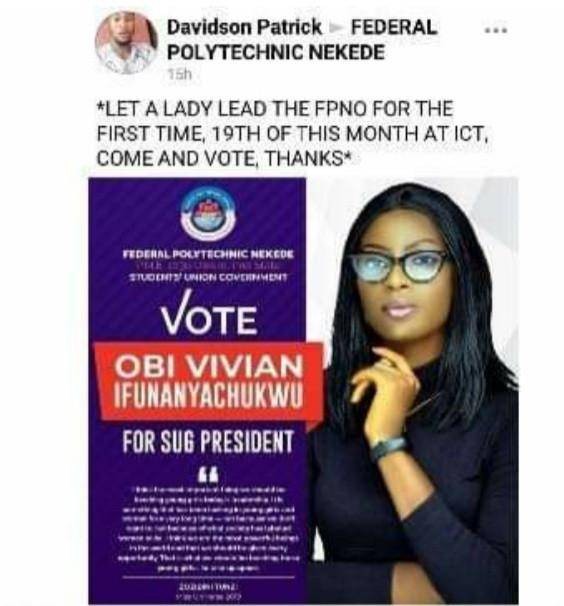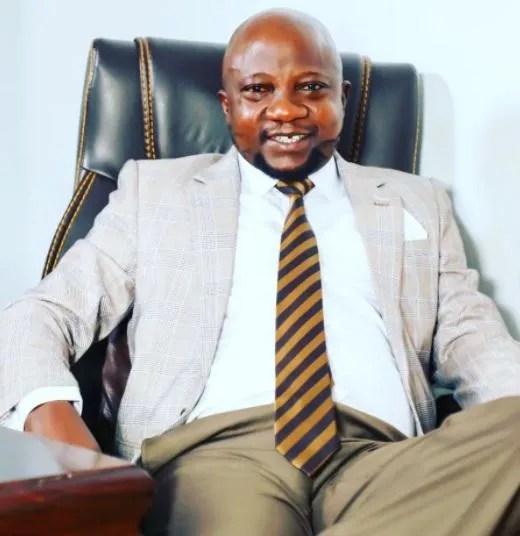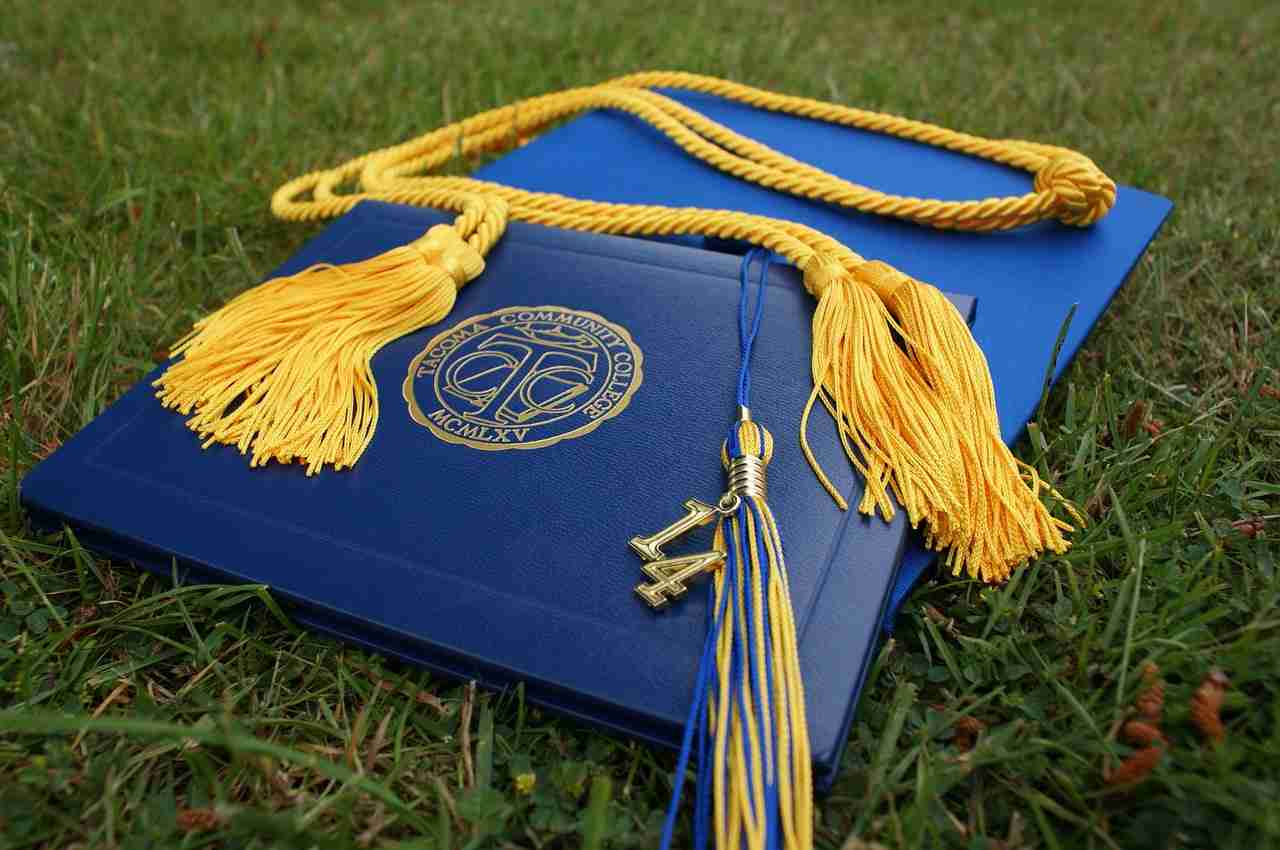
THE interview with the Professor on Nigerian university education makes very interesting reading for anyone deeply concerned by the growing knowledge gap between Nigerian university graduates and the rest of the advanced world. When asked “What is the difference between education in Nigeria and Canada?” the professor’s answer was hardly surprising. According to him: “Well, there are the obvious differences between the first world environment of Canada and the tenth world environment of Nigeria. These differences have two names: facilities and resources. Obviously, facilities and resources in Canada are vastly superior to what we have in Nigeria. But, be careful, superior resources do not necessarily make for superior students. First world excesses tend to breed indolence and laziness”.
Professor Adesanmi graduated from the University of Ilorin in the late 1980s, with a First Class, and had moved abroad since then. He met a Canadian university system which was, at least, 200 years old, and a nation, built largely on the strength of the ingenuity of its people and some early immigrants.
I also studied in the United States, with the ASPAU Scholarship Programme, from 1964-1968; then went on to undertake post-graduate courses. I left the USA, on my own, in 1974, determined to live in Nigeria and help my country become as great as the USA.
Granted, we have made very little progress in the direction of becoming a great nation which is universally respected; but we must keep trying. I have no intention of going anywhere else in the world – even if an offer is made.
Perhaps if Professor Adesanmi had reflected on the fact that, the first Nigerian university, University College Ibadan, was established in 1948, while the American Ivy League varsities listed below were started centuries ago, he would be less impatient with us while lovingly urging Nigerians to make greater efforts.
Below are selected American Universities and when they started: Harvard University 1636; Columbia University 1745; Princeton University 1746; Cornell University 1865.
Canadian varsities were not far behind the American varsities, as the following will show: University of New Brunswick 1785; King College University 1789; St Mary’s University 1841; St Dustans 1855.
Virtually all the varsities mentioned above, and most of the others, which cannot be accommodated, were established by the private sector – not by governments. Some even preceded the creation of the two countries – America and Canada.
By contrast Nigeria’s venture into varsity education started three hundred and twelve years after Harvard and 163 years after University of New Brunswick.
Furthermore, Nigeria’s adventure into private varsities did not begin until 1999, when three varsities were given permission to operate. Listed in alphabetical order the nation’s first three private universities were: Babcock (Southwest), Igbiniedon (Southsouth) and Madonna (Southeast). That means that this nation is, at least, 363 calendar years behind the USA and 219 years behind Canada.
Casting of aspersions
One needs not remind our readers, as well as those casting aspersions, mostly justified, at our inadequate efforts, that we were not in charge of our own fate – until 1960. Furthermore, we started with the wrong template for varsity education development. We were over-reliant on government.
The private sector, until 14 years ago, had played no role in educating Nigerian youth at the tertiary level. For too long, we left it all to governments. Interestingly, the US government does not own any university; except the military institutions – West Point and Annapolis – which now grant university degrees.
By contrast, the Federal Government of Nigeria is saddled with 40 varsities and the states own 38. Apart from the staff of West Point and Annapolis, Obama is under no obligation to pay a single staff of any of America’s varsities; neither is the Prime Minister of Canada owing the staff of most of the numerous Canadian varsities one dollar.
There is no ASUU, and there can be no general strike, shutting the gates of 77 varsities, at once, in both countries, because each employee signs a contract with the institution employing him/her.
When the point is made about the percentage of national budget or GDP, spent on education, any economist can spot the difference. There is a distinct difference between budget, which is what the federal government proposes to spend and GDP – the latter being a measure of our collective economic productivity and it is usually larger than budget.
Countries like the USA and Canada achieve 25% of budget expenditure on education because their thriving and huge private sector had relieved the governments (federal and states) from the burden of funding varsity education.
By contrast, Nigeria’s private sector, like the rest of us, is largely dependent on government patronage and concessions.
Only a few people generate the sort of surplus to venture into varsity education – which is capital intensive and needs patient capital. It is possible that nobody will make a kobo of profit in his life time.
Obviously, the comparisons being made are, to some extent, unfair to Nigeria. Instead of repeating ourselves, advancing the same arguments, offering the same examples from foreign lands, what is most urgently required are ideas, for Nigeria to consider, in order to help Nigeria bridge the education gap, at the earliest possible time and at affordable costs.
So, let me start with one idea – recognition of efforts being made and encouragement of education entrepreneurs. Varsity education exploded in the US on account of the land grant policy of most states during the 18th century. Once an individual or a group, especially religious organization, embarks on establishing a university, the state was there to grant the land – providing the land was used for the purpose intended.
By contrast, every single private varsity in Nigeria had been forced to purchase its land – usually at Shylock amounts from the “indigenes” whose kids will later benefit from the venture.
Roads and other infrastructure are also provided to the varsity site. My recent visits to two private varsities, and proposed visits to others, was heart-breaking in one respect – the amount of money spent each year providing power 24/7, all year round by ELIZADE and American University.




